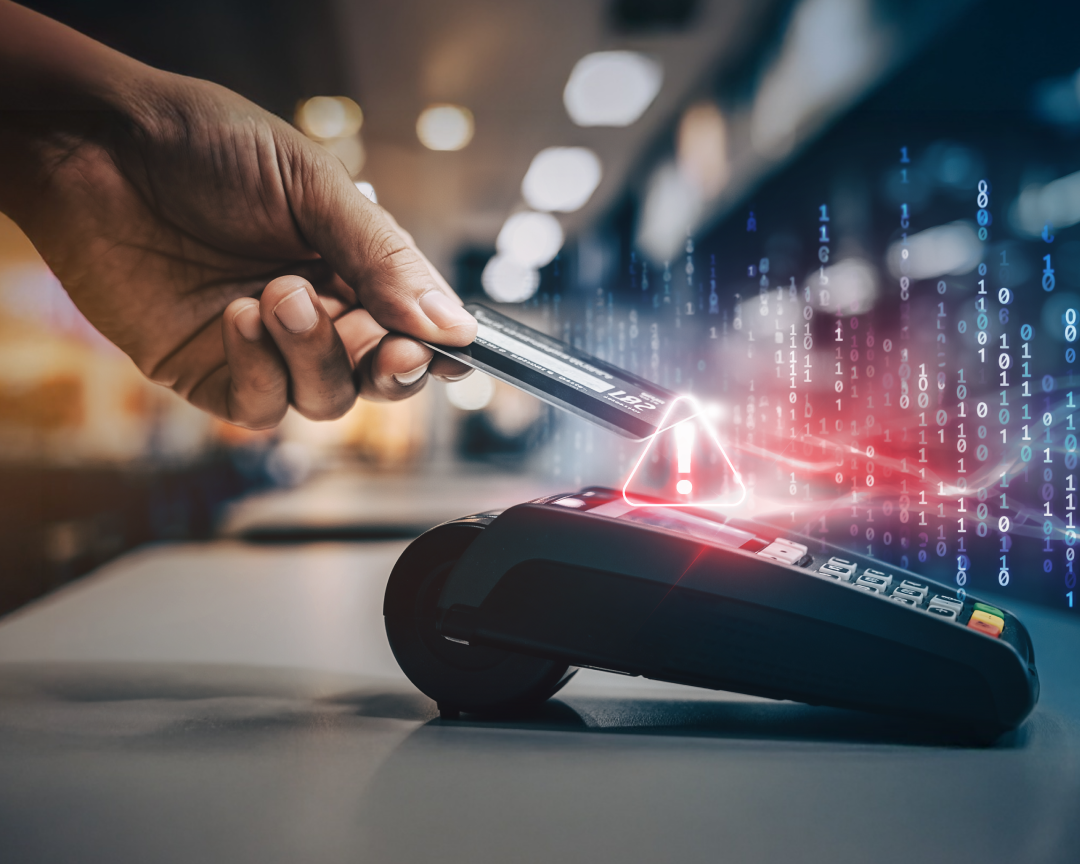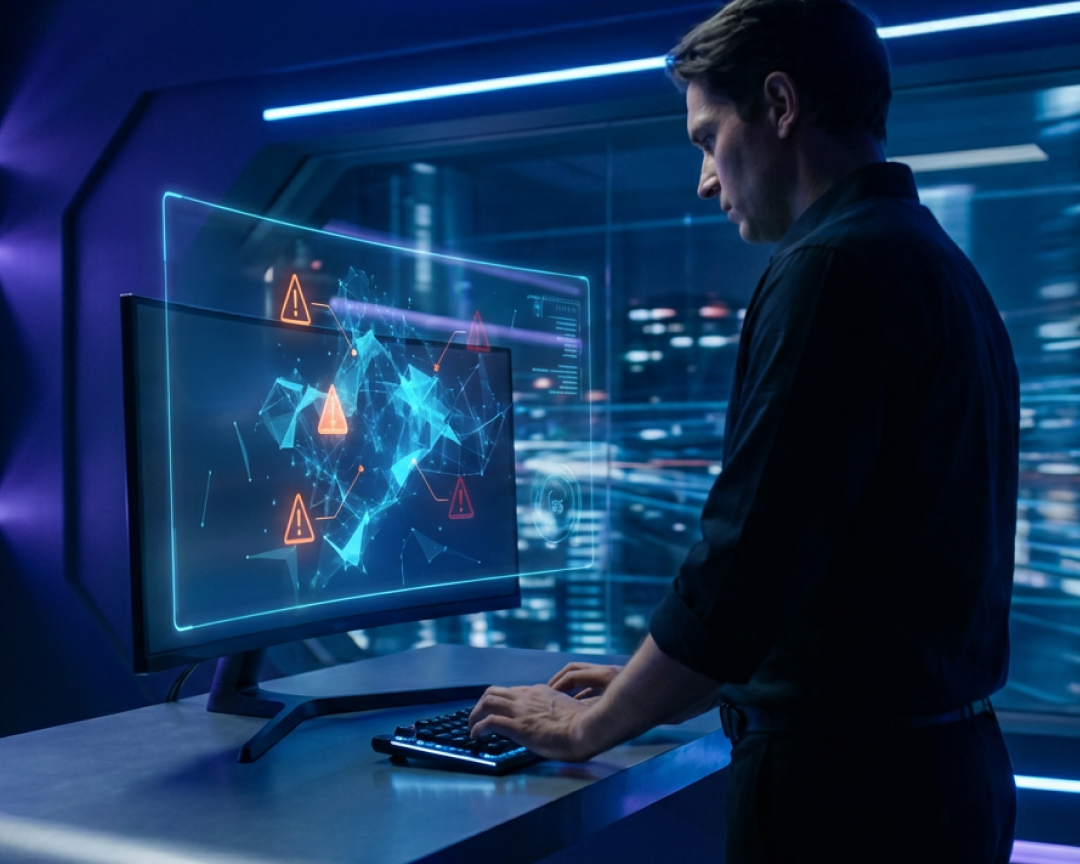.svg)
Proper log management is critical in cybersecurity to provide a chronological account of system activities and help detect and analyze unexpected changes that might indicate potential security incidents and risks.
I've been guiding and assessing organizations about their practices for log management for over 15 years; common challenges that I've encountered - and still encounter “ are frequency and timing, ensuring all relevant assets are included, logging at the correct level, and relevant alerting. And with the new rules regarding PCI DSS v4.0, log management will be even more challenging "but still critical to maintaining compliance for your organization.
Let's take a look at the changes and best practices to keep log reviews as an essential part of your cybersecurity and compliance toolset.
PCI DSS v4.0
One of the critical components of achieving and maintaining PCI DSS compliance is effective log management. This might sound like a daunting task, given the voluminous logs generated every day.
The solution: Automated Log Management.
In fact, PCI DSS v4.0 has updated the requirements to only allow for automated mechanisms to perform log reviews.

In addition, the logs that are outside of those defined by 10.4.1 and 10.2.1.x need to be reviewed periodically, and the frequency now needs to be determined by a targeted risk analysis.

Periodically reviewing logs from all in-scope systems will add even more logs to be reviewed, providing even more justification for ensuring you have automated mechanisms to perform log reviews.
Best Practices for Automated Log Reviews
When looking at automated log reviews, you should, at a minimum, consider the following Top 10 Best Practices:
- Centralize and consolidate your logging process: Management and analysis are made simpler by centralizing your log data. A centralized logging system gathers all of your system and device records in one place, giving you a complete picture of the system's activity. This makes it possible for anomaly detection to be more effective and efficient and makes it simpler to find correlations between various events.
- Standardize Log Formats: The analysis process can be greatly accelerated by standardizing log data into a common format. It makes your log management systems work easier and makes it possible for a more thorough and comprehensive review.
- Establish Baselines: Finding unexpected behavior is one of the main objectives of automated log review. To recognize the unusual, though, you must first recognize the ordinary. Baselines are useful in this situation. Having a clear understanding of what typical system activity looks like will help you spot anomalies more quickly. Create these baselines using your log data, then periodically examine them because what is regarded as normal is subject to change.
- Monitor for Anomalies: Once you have a good understanding of the typical behavior of your system, you can set up your log management system to notify you when any deviations from this norm occur. Unusual patterns of activity, repeated login attempts, or abrupt increases in traffic are a few examples. Automated notifications make it easier to respond quickly to possible problems.
- Use Cases: Understanding the various threat scenarios and ensuring that your monitoring tools and processes are prepared to detect and respond to them requires the creation of use cases for monitoring security logs. Ensure you have a process to update the use cases over time.
- Deploy Log Analysis Tools: Use machine learning or A.I.-based log analysis technologies to find trends and anomalies. By automating the process, these tools improve the efficiency of identifying possible security events.
- Use Trending: Analyzing log data over time to spot patterns and changes over a lengthy time is known as trending. This helps you locate lingering problems that might not immediately raise alarms but will pose a risk to the functionality or security of your system.
- Regular Review and Continuous Improvement: Automation is tremendously useful but not without fault. The automated system might have missed new patterns or trends, but regular manual assessments can assist. As your systems evolve and unknown risks appear, it's also crucial to routinely assess and update your log review procedures
- Protect Your Log Data: Keep in mind that your log data frequently contains sensitive data. Use integrity, encryption, and access controls to prevent unauthorized access and change to your log data.
- Review and Alerts: Automation will help, but you still need to establish a process for alerting and regular reviews.
All of these best practices also must be tailored to the specific rules, regulations, and standards of the industry in which you operating. For example, there might be certain specifications for what you need to log, how long you need to keep your logs, and how to preserve your log data. For PCI DSS v4.0 compliance, include all these best practices and ensure you have use cases for all 10.2.1.x, include details as per 10.2.2 in the logs, and ensure the logs are reviewed daily to meet the standard's intent.
Third-Party Service Provider Considerations
Don't forget: You still need to get involved even if you use a third-party service provider, such as a Managed Security Service (MSS) or a Security Operation Center (SOC) service, to manage and review logs. At a minimum, consider the following:
- Ensure that all relevant logs are sent to the third-party. The third-party can't review and alert on logs they don't have.
- Provide relevant use cases, as the third-party will not likely understand your specific environment.
- Perform due diligence and ensure that you understand who does what. A third-party service provider should be able to provide you with a responsibility matrix.
Conclusion
Automated log reviews are an essential part of your cybersecurity and compliance toolset. You can ensure your systems remain secure and perform at their best by centralizing and standardizing logs, creating baselines, monitoring for abnormalities, adopting trends, and continuously upgrading. Automated log reviews play a vital role in contemporary digital operations since they both support system integrity and are crucial for achieving regulatory compliance.
For more information about how VikingCloud can help protect your organization, visit www.vikingcloud.com.







.webp)

